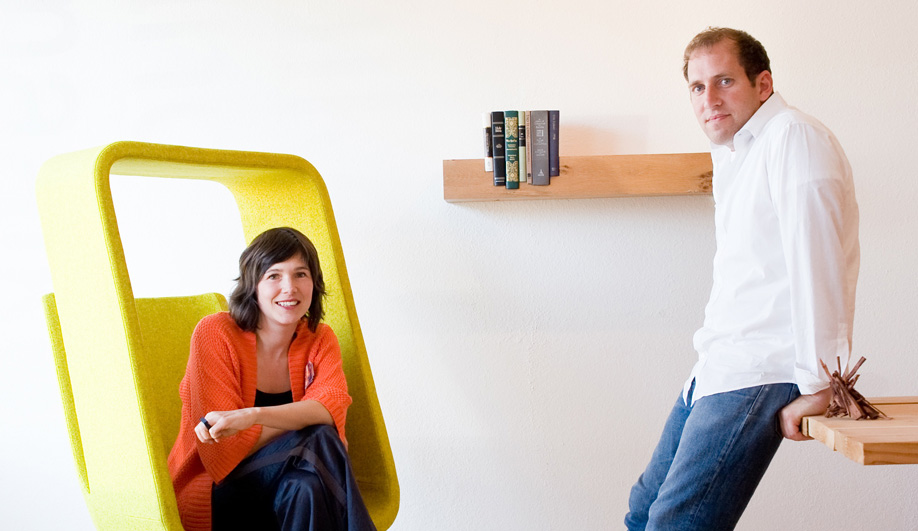
It was a whirlwind courtship. In 2011, while San Francisco-based firm Mike & Maaike was working on projects for Google, the mega-company began wondering aloud whether it would rather have studio namesakes Mike Simonian and Maaike Evers become part of its in-house team. Three months later, the partners started as lead industrial designers at the famed Mountain View, California, campus, where they would tackle various consumer electronics – such as Nexus 9 and the first-ever Android Wear – and skunkworks launched under Google X.
In July, 2016, they left Google to re-establish their own brand and get their hands dirty on a wider array of design briefs. While Simonian and Evers say their wending journey through entrepreneurial and corporate settings illustrates how a designer must adapt her methodology, they see their experience more as an object lesson in pursuing creative satisfaction. Evers’ advice? “Aspire to be happy and don’t look to land a particular framework.”
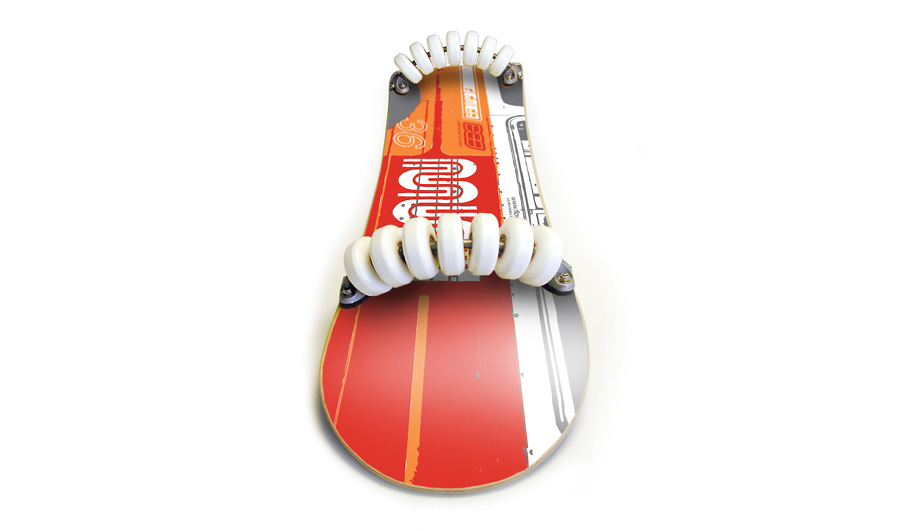
Mike, before co-founding Mike & Maaike in 2005, you had been working at Astro Studios while doing some successful side projects, such as a 14-wheel skateboard concept called Flowboard. What prompted you to strike out on your own?
MS: Since school, I’ve tried to be both a designer and an inventor; I like to have ideas on the side. In 2003, my business partner Pieter Schouten and I sold the skateboard company, and the deal was enough to give Maaike and myself a financial cushion. Selling the business showed me that the work I was doing on the side actually had potential. It gave me the confidence to start other things.
During those years, you and Maaike had taken on side projects together, as well.
MS: Yes. I’d also realized that the projects we did together were more real and meaningful than the product design I was doing at Astro Studios. Our dialogue created stronger stories, and work that had a lot more dignity.
ME: Mike initiated an exercise to look at everything we had designed up until that point – comparing projects we had done for clients and the projects we had done on our own – in order to understand which ones we really cared about. The exercise revealed that I had worked with some incredible people, but there wasn’t much touching my soul. We took 2004 off from client work to give ourselves some room to do what we believed in.
MS: Our rule that year was no clients and no income. That was the best decision we ever made. We wanted to run a studio that didn’t exist to serve clients; it existed to produce great work.
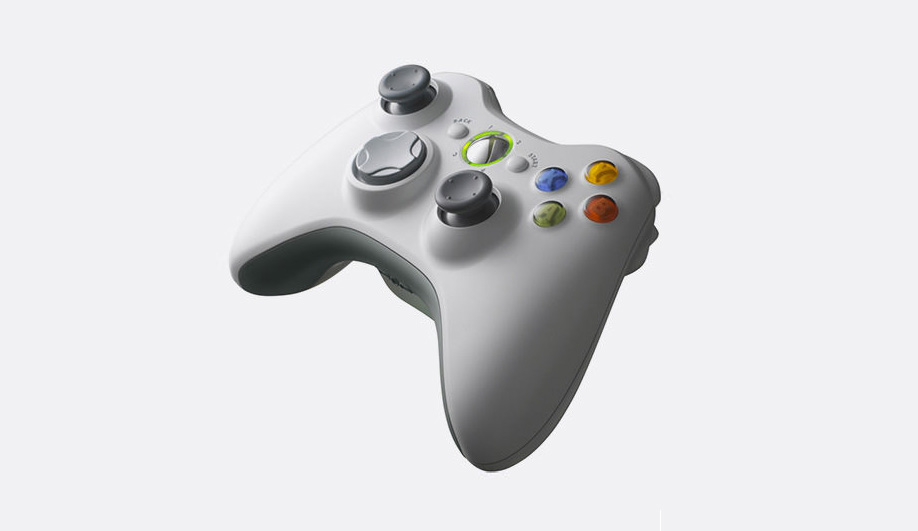
That vision seemed to bear out. Many of the projects you worked on were well received critically – your Juxtaposed bookshelves, for instance, and the commercial success of Xbox 360.
ME: We explored lots of different subjects, so it always felt energetic and challenging. We decided that half of our time should be geared toward working with people we admire and on projects we feel are interesting. The other half should be for learning about new materials and new subjects. There’s this tendency to follow a model: A thriving design firm is this many people; it needs to always grow; it needs to have this amount of income a year. We have never subscribed to that.
MS: We’re not calculating strategists. The thing about working as a couple is you can’t portray yourself in any false way. You can’t just pretend that what you’re doing is the right thing if you don’t really feel it, or if you’re not being true to your beliefs.

Google was an early client – they tapped you to design the first Android phone in 2006. How did Google later convince you to join them full-time?
MS: There’s always this tension between the work that satisfies your heart and the work you do to pay the bills. Even though we were doing client work at a much higher level as Mike & Maaike, we still had this duality. We didn’t have a burning desire to join a big company, but Google’s offer presented itself as an opportunity to steer to one side for a few years, toward the client side. That way, we could go the completely opposite way and have a lot more freedom afterward.
ME: There was also intrigue. We had worked with them already, and we knew the company was very ambitious in developing products, which aligned with some of our aspirations. We could imagine the potential of Google putting its heart into hardware. “Hardware is hard” is the thing they used to say. But we started to feel a momentum toward hardware, and that aligned with their realization that you can’t do software without having great hardware to run it on.
Were your hopes founded?
ME: We quickly realized the culture of design hadn’t reached very far at Google. There were a lot of interactive designers, but not much understanding of design at a visceral level – the understanding of the magic and delight that design can bring. When people haven’t been exposed to that, you have to fight or ask or educate. It’s double the work.
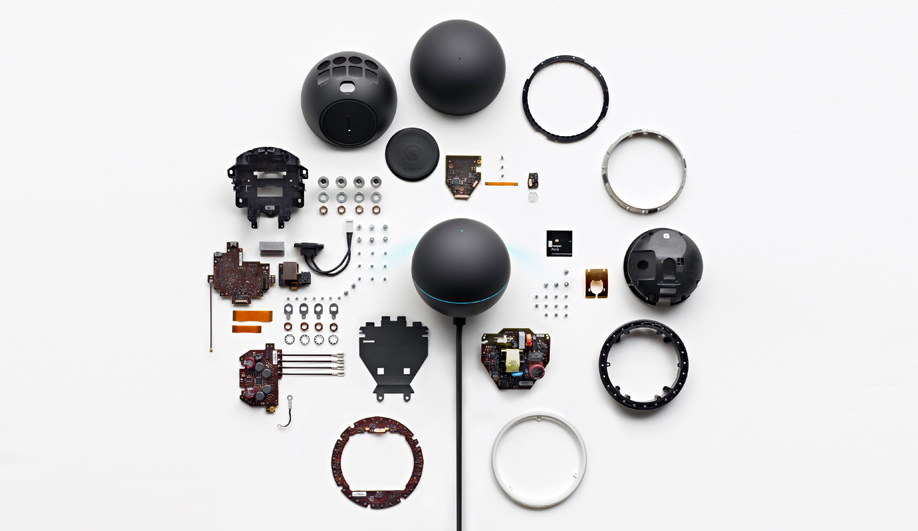
Google is arranged as a series of project-based groups under one tent, and you started there as a hardware team for Android. How did your concerns about design culture manifest in this team?
MS: There’s chaos in any development process, but usually you can slot it into a certain process. You may see things you want to change, but there is still a process. In this case, at Google, there was no established process.
One of the first design review meetings we had was kind of funny. We were presenting some rough models to eight or nine engineers, and afterward the team leaders asked us for our recommended direction. We thought, “This is going pretty well; they’re asking us for a recommendation as experts in the field.” Then they turned to the engineer next to us for a recommended direction, and then the next engineer. Everyone getting an equal vote is not the best use of different people’s expertise. But that wasn’t the time to throw a fit. You’re trying to build relationships.
How did Google’s way of doing things jibe with other, more traditional design procedures?
ME: They took a very software approach to everything. The Android team, for example, created the platform as open-source. But hardware isn’t open-source. You’re defining innards and how something is made. You can’t just let it have its own life.
MS: The goal for projects was to learn and fail fast, so there wasn’t much worrying over what you just did, or whether it did or didn’t work out.
ME: After that meeting with the engineers, we decided that before we started the next project, we would interview all the key people about their hopes and dreams for that project. These heart-to-heart conversations helped us position our design input with the capabilities of the team, and it created more personal connections. You have to create a movement within the organization to allow your work to become a lot more relevant. I think that’s one area where industrial design has a unique advantage over other forms of design: Model making provides visualizing opportunities.
And has this corporate ethnography served you well?
MS: Let me contrast that early meeting with a presentation we did that resulted in the Daydream View V.R. headset [released in November 2016]. We were presenting models, and the team leader’s response to our recommendation was, “I want to see this product come to market. What barriers can I remove for you guys to make this happen?” The reason he was so easily convinced was that we had spent months not just designing it in a vacuum; we spent a lot of time with engineers, with marketing people, with scientists, with interaction designers and end users, so the entire team knew we were listening to them. Our designs embodied the collective knowledge of his whole team. We wouldn’t have been able to generate support like that when we first started. That’s one of the biggest things we learned from inside Google. At the end of our time there, we felt like we were really supported and integrated into the culture. The ideal is to have people want to do projects with you, and in a way [that] you want to do those projects.
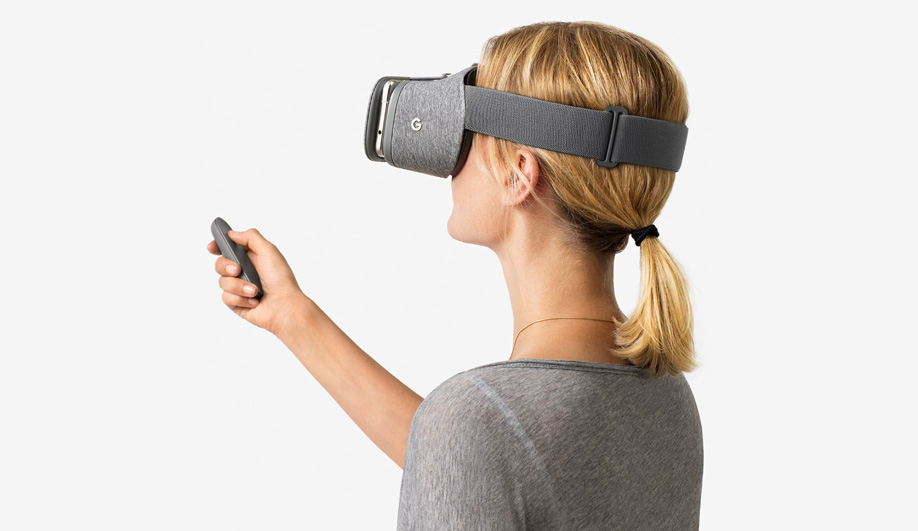
Daydream View was your last project at Google, while the Nexus products were some of your first. In the interim you established a central industrial design team for Google X, for challenges ranging from autonomous airborne delivery systems to glucose monitoring.
MS: We spent a lot of energy figuring out how to integrate product design into the company, and I think we were successful in planting seeds that they continue to build off of. But from a purely creative standpoint, it was never our aspiration to become experts in integrating design into a corporation. Our real calling is exploring design itself, and pushing different boundaries. Most of our energy at Google was spent in building the machine, as opposed to being really experimental with design.
Is that why you left after five years?
MS: We never planned for the job to be permanent. We felt we were Mike & Maaike, an independent studio, that happened to be operating within a huge search/advertising company. Google just happened to be the subject we were working on at the time.
ME: It was like we were there to help Google, not to become Google.
MS: Also, it was all very technology-based, and we wanted to swing the pendulum in the other direction, to get out of our comfort zone again.
How would you describe your current headspace? Has your experience at Google changed your methodology? Are you queued up with projects already?
MS: We have a pattern of seeking out the new and unexpected, and I hope it runs through all periods in our lives. But the other thing we’ve learned is, sometimes you need to go backward a bit. When we left Google, we pretty systematically dismantled as much complexity from our lives as we could. It’s like a bow and arrow. Before you shoot forward, you need to pull back, create some tension, and figure out what to aim for. And you end up moving forward very quickly. I think we’re in that stage right now.
